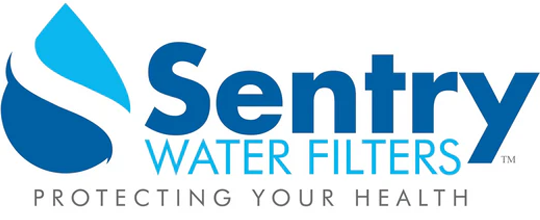
TDS: Numbers Matter for Water Purity. Why?
Share
TDS: Numbers Matter for Water Purity.
What is Total Dissolved Solids (TDS)?
TDS stands for Total Dissolved Solids. This is a measurement of the combined content of all inorganic and organic substances present in water that are smaller than two **micrometers (µm)**. Essentially, TDS is everything in your water except pure H2O molecules and suspended solids (like silt or rust).
TDS is measured in parts per million (ppm), which is equivalent to milligrams per litre (mg/L). For instance, a TDS reading of 100 ppm means that for every million parts of water, 100 parts are dissolved solids.
What Makes Up TDS?
While TDS is a single number, the actual content can be complex. In municipal and bore water, TDS typically includes:
- Inorganic Salts: Calcium (Ca2+), Magnesium (Mg2+), Sodium (Na+), Potassium (K+).
- Anions: Bicarbonates (HCO3-), Chlorides (Cl-), Sulfates (SO42-), Nitrates (NO3-).
- Heavy Metals: Lead, Mercury, etc.
- Organic Contaminants: Trace amounts of pesticides, herbicides, and pharmaceuticals.
TDS and Water Quality
A TDS meter provides a fast, quantifiable way to assess the effectiveness of a water filter and the purity of the water.
| TDS Range (ppm) | General Water Quality Description |
| 0–50 | Very low solids; typically Reverse Osmosis (RO) water. Ideal "blank slate" for sensitive uses (brewing, aquariums). |
| 50–150 | Low to optimal solids. Generally considered excellent for drinking; aligns with ideal specialty coffee/tea/beer standards. |
| 150–300 | Medium solids. Acceptable for drinking, but minerals may start affecting taste and causing scale build-up. |
| 300+ | High solids. May indicate excessive hardness, impacting flavour, efficiency of appliances, and potentially requiring treatment. |
The Relationship Between TDS and Reverse Osmosis (RO)
Reverse Osmosis is the most effective filtration method for drastically reducing TDS. The entire function of an RO system is based on lowering the TDS to a near-zero baseline.
The RO Mechanism: Molecular Rejection
- Pressure: The system uses pressure to force water through a semi-permeable membrane.
- Rejection: This membrane has extremely small pores (around 0.0001 **µm**) that allow the tiny H2O molecules to pass through, but reject the larger mineral ions, salts, and contaminants that make up the TDS.
- Result: The filtered water (permeate) has a drastically lower TDS, typically achieving a **90%** to **99%** reduction from the tap water source.
Why TDS Reduction is the Goal
For brewers, coffee enthusiasts, and others requiring precise control, the goal is to get the TDS as close to zero as possible. This is because a low-TDS water supply:
- Provides a "Blank Slate": By removing virtually all naturally occurring ions, the brewer/user can then remineralise the water with precise amounts of specific salts (like calcium and magnesium) to create a custom profile required for a specific beer style or coffee roast.
- Ensures Consistency: The low TDS of the RO output remains stable, guaranteeing that every batch starts from the same chemical composition, regardless of seasonal variations in the tap water.
- Protects Equipment: Extremely low TDS eliminates the minerals responsible for scale (CaCO3) build-up in expensive equipment like espresso boilers and mash tuns.
In short, a low TDS reading on RO water confirms that the system is operating effectively and that the water is ready to be chemically customized for any high-performance application.
